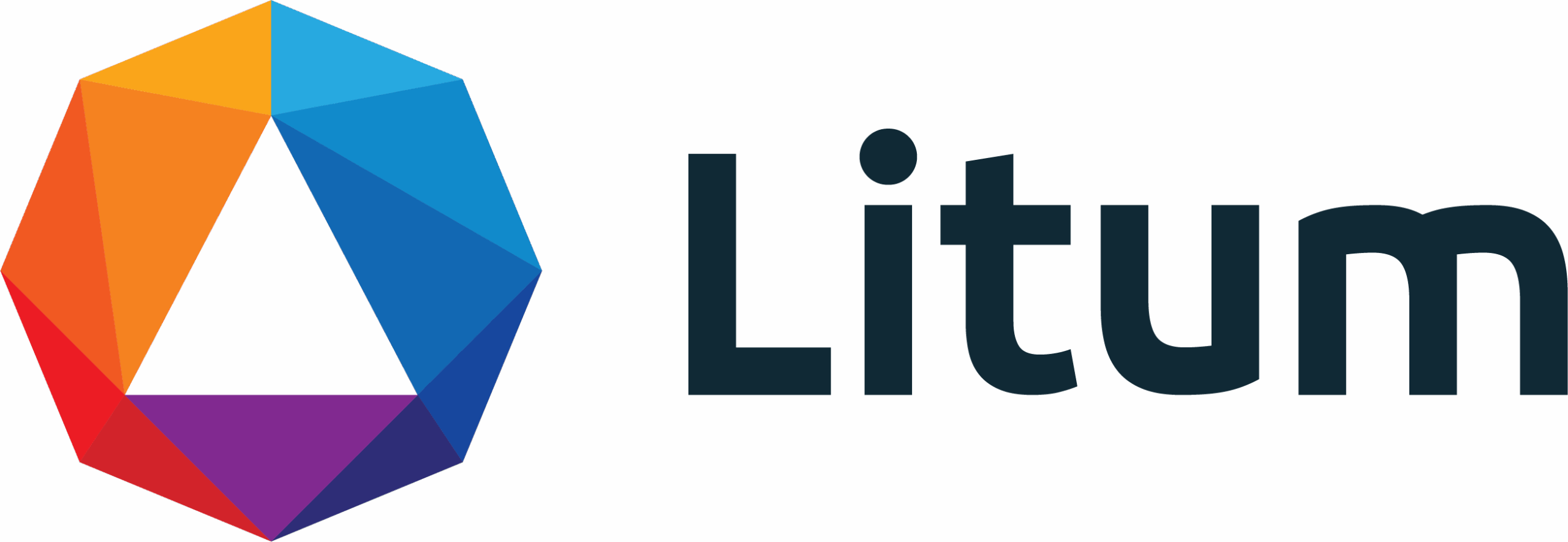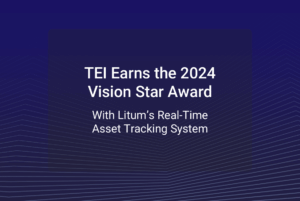Table of Contents
In healthcare, efficiently managing medical asset tracking is critical for timely patient care, operational efficiency, and cost savings. Hospitals often struggle with locating essential equipment, which leads to delays in care and added expenses. Real-Time Location Systems (RTLS) provide a powerful solution by offering precise, real-time tracking of medical assets.
Identifying Inefficiencies and Risks in Medical Equipment Management
Healthcare facilities are constantly pressured to deliver timely and effective patient care, manage costs, and ensure safety. However, various challenges can hinder these goals, leading to inefficiencies that impact the quality of care. Misplaced or hoarded medical equipment and manual tracking processes cause inefficiencies and pose risks to healthcare operations.
One major concern is the excessive time staff members spend manually locating equipment, which reduces the time available for patient care. At least 1 out of 3 nurses spend an hour or more per shift just searching for medical equipment, which totals about 6000 hours wasted a month in a typical hospital setting, according to a Nursing Times Survey. This issue is compounded by inefficient tracking, leading to either underutilization or overstocking of equipment.
As a result, hospitals often incur unnecessary capital expenditures, purchasing up to 20% more equipment than needed, as highlighted by a GE Healthcare report. Moreover, the practice of equipment hoarding by staff, intended to ensure availability for their own needs, creates artificial shortages. This not only complicates access for other departments but also exacerbates the overall inefficiency within the hospital. Additionally, theft and loss of high-value medical tools strain resources further and disrupt critical patient care processes.
Workflow disruptions caused by misplaced equipment lead to broader inefficiencies and reduced productivity across the facility. Manual tracking, which 83% of healthcare facilities still rely on for some parts of their supply chain, often results in significant data inaccuracies. Mobile clinical asset inventory counts at most hospitals are off by at least 60%, indicating substantial discrepancies. These issues impair effective decision-making and strategic planning, ultimately resulting in high operational costs and financial losses due to equipment downtime.
Addressing these challenges is essential for enhancing operational efficiency, reducing costs, and improving the quality of patient care in healthcare facilities.
The Strategic Edge of RTLS for Medical Asset Tracking
Litum’s Medical Asset Tracking RTLS addresses these challenges by using Ultra-Wideband (UWB) and Bluetooth Low Energy (BLE) technologies to track the precise location of medical equipment in real time. The system ensures that healthcare providers can quickly and accurately locate the equipment they need, significantly improving efficiency and patient care.
Key benefits of implementing Litum’s Healthcare RTLS for Medical Asset Tracking include:
- Accurate Asset Location: The system provides real-time tracking of medical assets within the facility, allowing staff to locate equipment quickly and efficiently. This reduces the time spent searching for equipment and ensures that caregivers have the necessary tools at hand. The caregivers have the option to use UWB and/or BLE technologies depending on the location accuracy needed within their setting. UWB is the more accurate technology that shows the location of a medical asset, with sub-meter accuracy.
- Status Monitoring: Litum’s solution allows for continuous monitoring of each asset’s status, including its availability. This helps in maintaining equipment in optimal working order and ensures readiness for use.
- Zone Alerts: The system can send alerts when assets enter or leave designated zones, helping to prevent unauthorized removal and ensuring that equipment remains where it is needed most.
- Maintenance Scheduling: By aligning maintenance schedules with actual asset usage, healthcare facilities can ensure that equipment is serviced promptly and remains reliable, thereby minimizing downtime.
- Historical Data Analysis: The system records detailed data on asset movements, providing valuable insights for improved management and increased utilization. This data-driven approach helps in making informed decisions about equipment procurement and usage.
- Tamper-Protected Security: The tamper-protected technology secures assets, preventing unauthorized removal and reducing the risk of loss or theft.
Hospital Asset Tracking System: A Smarter Way to Manage Medical Equipment
A hospital asset tracking system is essential for maintaining efficiency, safety, and cost control in healthcare environments. With hundreds of high-value assets moving across departments daily, hospitals need more than manual logs or barcode scans to keep track of critical equipment. RTLS-based solutions offer continuous visibility into asset locations, conditions, and utilization, enabling staff to quickly locate the tools they need, when and where they need them.
Litum’s hospital asset tracking system leverages UWB and RFID technologies to provide real-time location data with exceptional accuracy. This helps reduce the time spent searching for mobile equipment, prevents loss or misplacement, and supports regulatory compliance with detailed asset histories. Whether it’s infusion pumps, defibrillators, or wheelchairs, every item is accounted for and traceable—resulting in smoother workflows and better patient outcomes.
Beyond tracking, a hospital asset tracking system also supports predictive maintenance and inventory optimization. By analyzing usage patterns and equipment lifecycles, hospitals can avoid overstocking, reduce idle time, and extend the life of their assets, all while lowering operational costs.
A Commitment to Innovation and Excellence
Litum has demonstrated a strong commitment to innovation and excellence in the RTLS field, with over 20 years of experience and successful deployments in more than 50 countries. Litum’s in-house development and manufacturing process ensures that every component of the Medical Asset Tracking System —anchors, charger stations, and tags – meets the highest standards of quality and functionality.
As healthcare facilities continue to face challenges in managing medical assets, adopting advanced technologies like Medical Asset Tracking RTLS becomes increasingly important. By embracing such solutions, healthcare organizations can enhance operational efficiency, improve patient care, and create a more supportive and effective healthcare environment.
Contact us today to see a demonstration of our RTLS capabilities.





